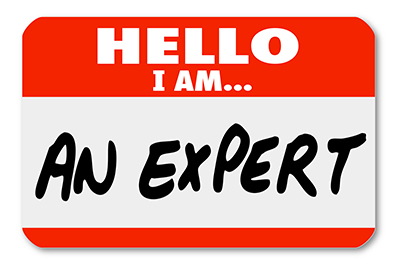Think carefully about what you want, what you really need—and especially what you don’t need. Get advice from experts. Several websites, including CNET, PCMag, and Wirecutter, provide excellent computer and software buying advice, along with useful product overviews by editors. Consumer Reports also rates various models of computers, tablets, printers, wireless routers, and some types of software. And big sellers like Amazon and Best Buy provide hundreds of reviews by consumers who have already purchased products you’re considering.
You can also seek out advice from salespersons at local stores. Our ratings of computer stores will help you find retailers that employ sales staff that can help—and steer you away from stores where they can’t.
If you’re buying a laptop or desktop computer—because there aren’t big differences in track records for reliability among the major brands—compare performance, features, and prices offered by several manufacturers.
Once you decide what you want, shop for price.You’ll find only modest price variation for some Apple products and most software. But for most purchases and brands, if you shop around you’ll encounter substantial price variation among brands and considerable store-to-store price differences for specific models.
When Checkbook’s undercover shoppers surveyed prices at popular online retailers for 36 devices, we found that some outlets on average charge as much as 20 percent more than their competitors for the same stuff. Our researchers most often found the lowest prices by searching on Google Shopping, Wikibuy, and Yahoo! Shopping; at Costco; and at some manufacturers’ direct-to-consumer websites (Asus, Acer, Lenovo, HP, and Microsoft Store).
Pay with a credit card. The Fair Credit Billing Act and policies of credit card companies enable you to refuse payment made with a credit card for merchandise that is unsatisfactory or undelivered.




